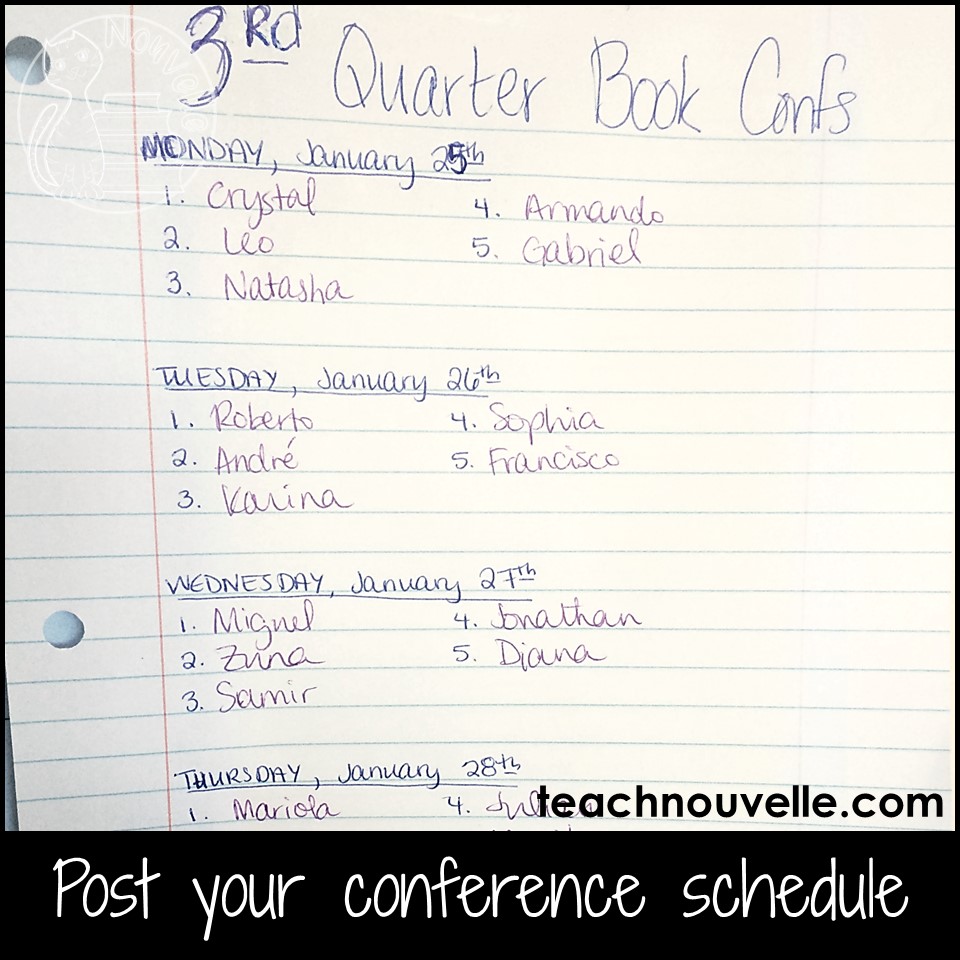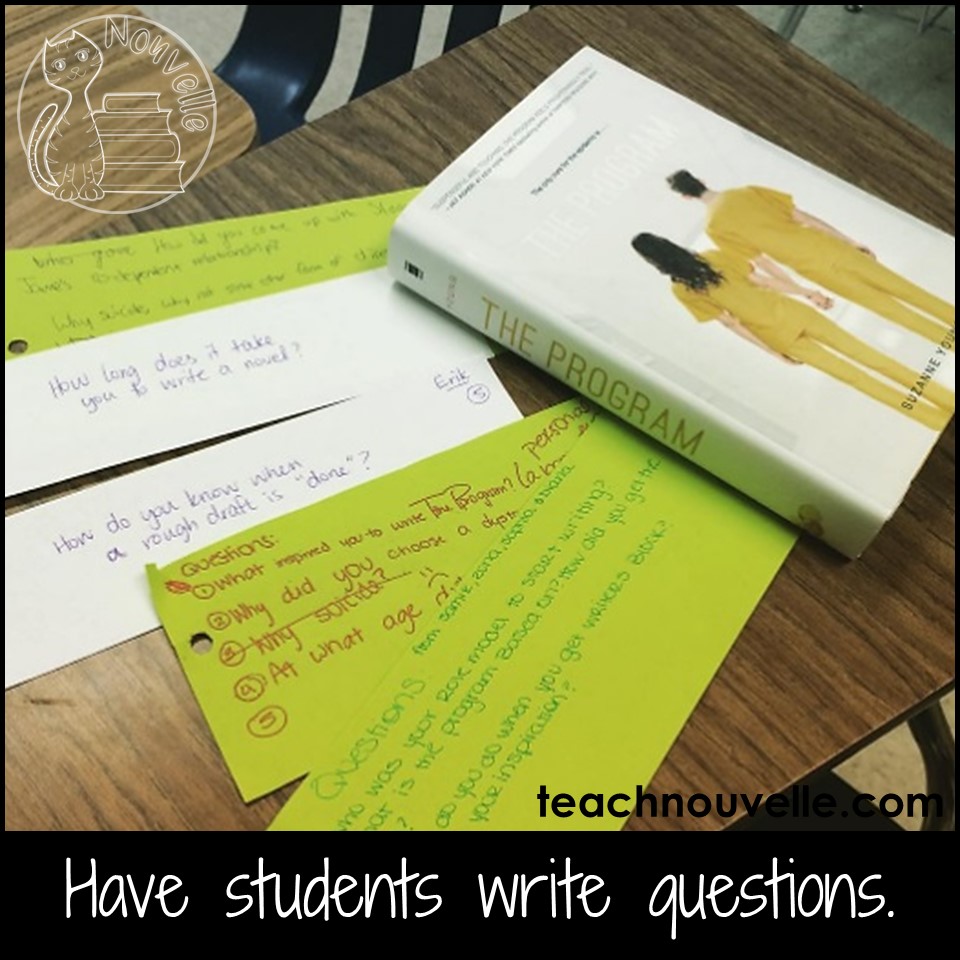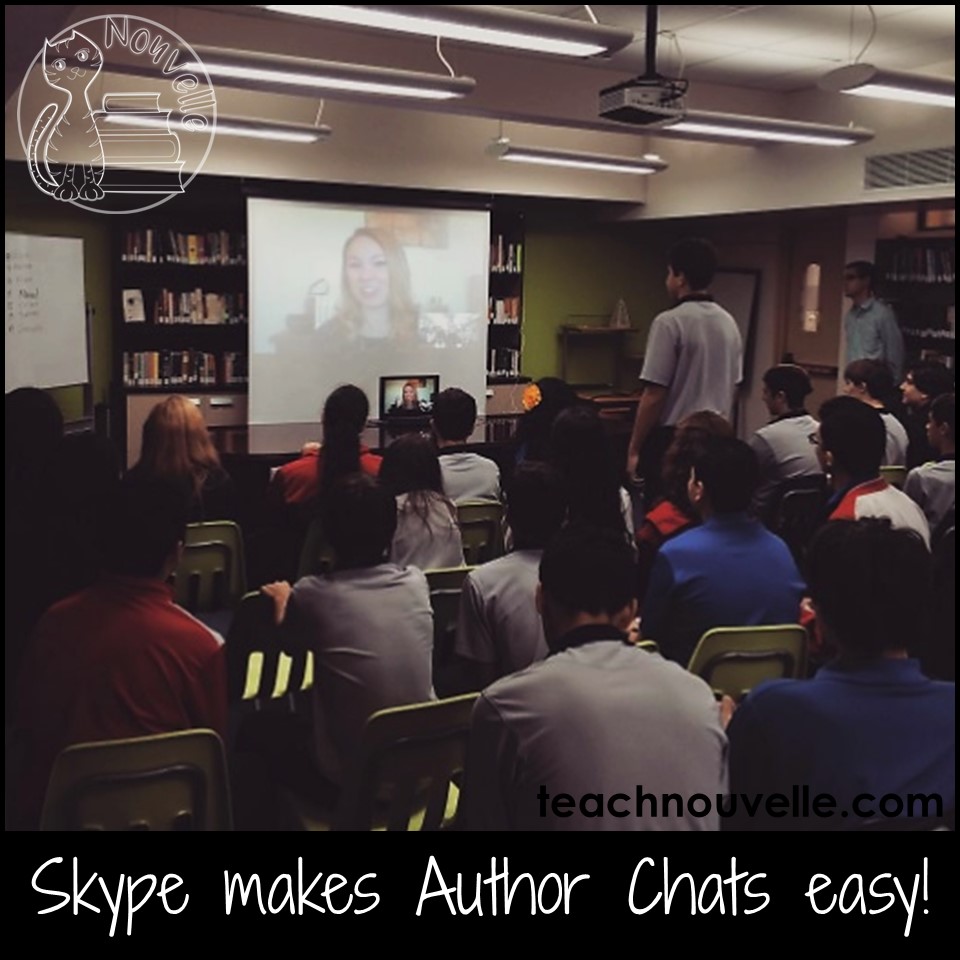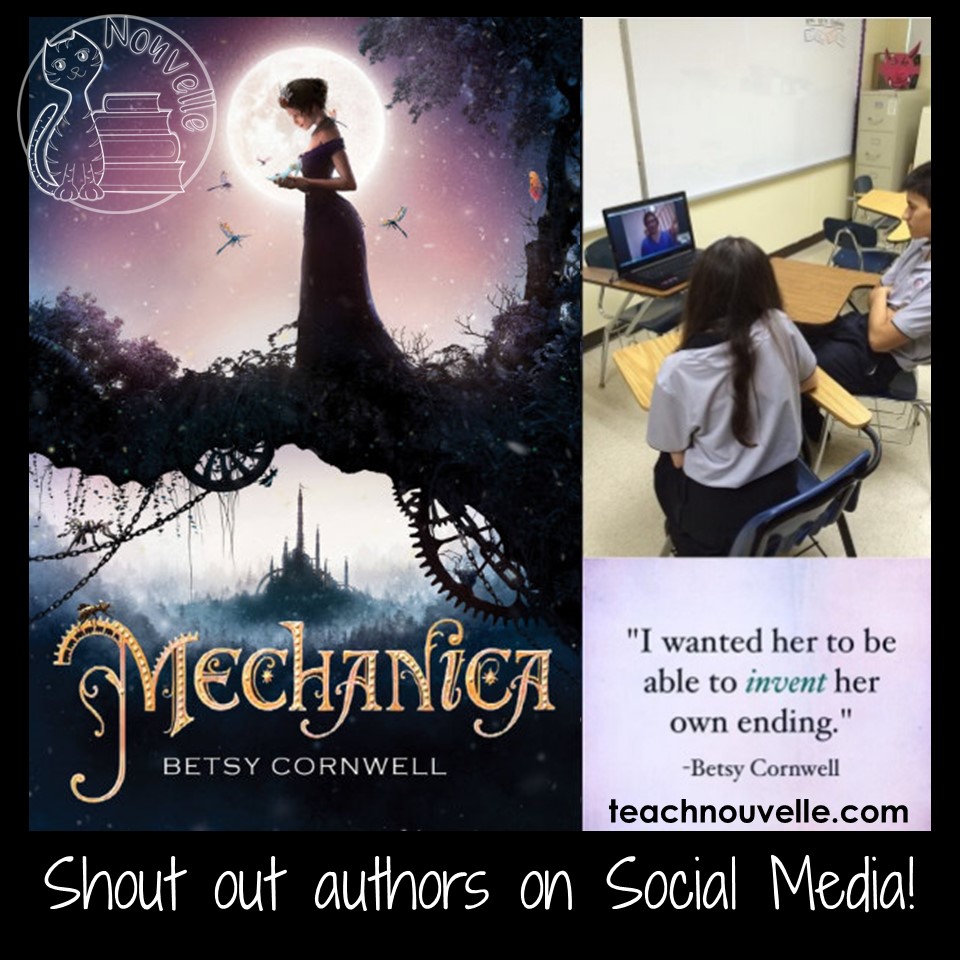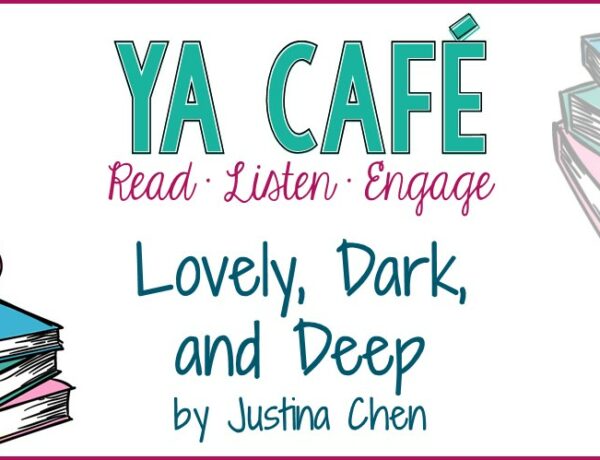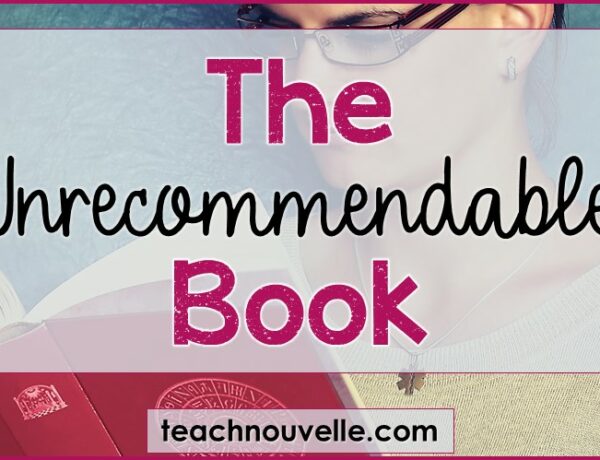I love independent reading (or student-selected reading), and I love talking about books! It only makes good sense to me, then, to allow my students to show their growth in independent reading through book conferences.

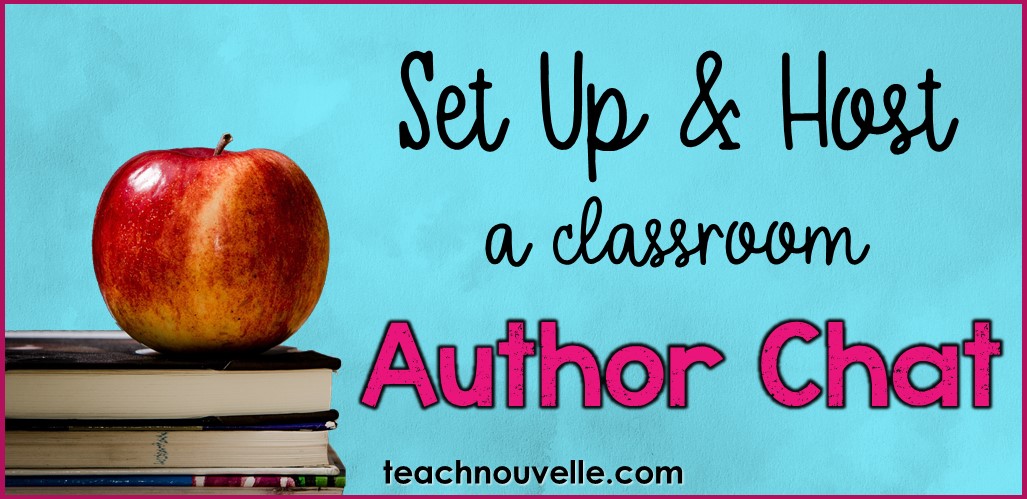
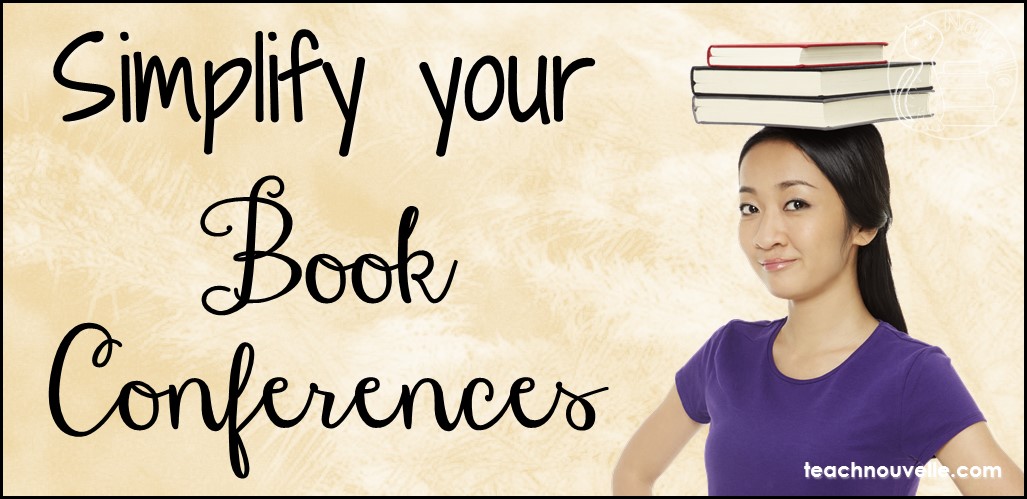
Book conferences are an informal conversation between the teacher and student to show completion of and reflection on a novel.
Whether you are trying out reading conferences for the first time, or you are looking for ways to make them more effective, I can help!
What makes a good reading conference?
Obviously, the main goal of a reading conference is to assess the students’ comprehension of their book choice, but I think a successful reading conference should also strengthen your relationship with the student.
In order to make effective book recommendations to them in the future, it might help to take notes (or even create a spreadsheet) with little reminders to yourself, such as, “Harrison loves mysteries but hates anything overly violent,” or “Priya gets bored with long series,’ recommend her standalones or duologies.”
I have more tips for making book recommendations to teens and tweens in this post 🙂
I scheduled students across 2-3 days towards the end of the quarter where the rest did independent work and I held conferences at my desk.
Students drew time slots from a hat at the beginning of the quarter, and I had the list of conference dates posted for the entire quarter for them to reference.
Hint: You can offer extra credit for anyone who completes a book conference early. This will alleviate your conference fatigue during the three days.
I love tying books into other media that students might enjoy. I have recommendations of songs, TV shows, and short films, that I like to use in the classroom.
Ask students compare their novel to a movie or TV show, create a musical playlist, or even write their own poem or short story inspired by the book!
You could even allow students to submit book memes (follow SparkNotes on Instagram or Twitter accounts for some hilarious inspiration), or short-form video reviews in the style of YA book reviewing Tik Tok accounts (aka “#BookTokers”).
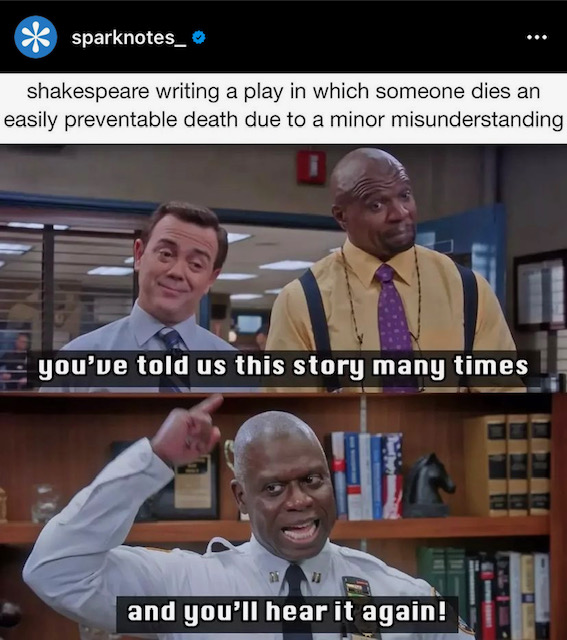
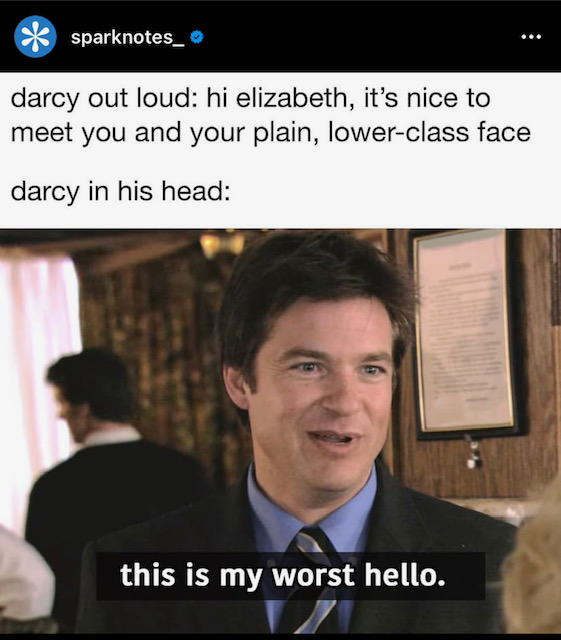
One of the most common complaints I hear from students is that reading is “booorrrrring.” And even as a huge booklover, I can empathize with that statement.
Even though as a teen I would go through multiple books per week, I loathed required reading. So if you have students who seem disinterested in reading, make sure your classroom library is engaging, inclusive, and relevent to your students.
Not sure where to start? I have compiled many genre lists of book recommendations for teens:
Inclusive fantasy/sci-fi novels
YA + MG books for “reluctant readers”
YA lit by Indigenous authors and even MORE Indigenous Texts for Secondary ELA
Inclusive fairytale retellings
YA/MG books by Muslim & Arab authors
YA novels with a strong female protagonist
It’s vital to give students stories that reflect their identities and culture, and it’s equally important for students to be exposed to stories that will broaden their horizons and increase their empathy.
For me, the goal is to foster a lifelong love of reading. That’s why I grade independent reading very, very generously.
Maybe your goal is to increase stamina or confidence in your young readers? In that case, I would recommend allowing them to pick short stories, or books that are below their reading level.
Maybe you have a few die-hard bookworms in your class that sail through their independent reading choices at a rate far surpassing their classmates?
For them, I would encourage (key word being encourage, and not force) them to read a novel outside of their preferred genre(s), or choose an engaging nonfiction title that interests them.
Plan for book conferences to last five minutes, and hold yourself to that time.
Require students to bring a copy of the book so that you can flip through it, record the number of pages, and read the description. Here’s what I always ask:
Tell me about your book. – Encourage your students to summarize. Teach them how to talk about a book without being specific about characters and small plot points. “Somebody wanted _____, but then…” is a great tool for book conferences.
Why did you decide to read this book? (Did someone recommend this book to you? Did you like the cover?) – This can be a great question for establishing what your students’ attitudes are towards independent reading. Do they have reading mentors in their lives? Do they read the backs of books to determine interest? Are they drawn to covers? Do they know how to search on Goodreads and Amazon for recommendations?
What was your favorite moment in the book? – Already, you’re getting to the joy of conversation. You’re reminding students to read for joy, as opposed to reading for minutia. You can also discover a lot about students’ interests by the scenes that impact them.
Other joy-based questions: Who was your favorite character? What did you think of the setting? What was the most exciting challenge the protagonist faced?
Who would you recommend this book to, and why? – This is a question that asks students to assess the worth of the book in social terms. Students may say “People who like…” and name other books and movies. This is okay, but encourage them to name actual students in their class. This helps build your community of readers.
Hint: Write down these recommendations.
Here’s a free Book Conference form that you can use to keep track of titles read by each student as well as recommendations they make.
I have a binder of these for every student, and when a student makes a recommendation for someone else in the class, I write the title on that student’s page as well.
I always hope that my readers are communicating with each other, but I always pass along the suggestions just in case. 😉
Other questions to ask them:
“If you could change one element of the plot, what would it be?”
“Did you learn a new word or phrase from this book?”
“If you could ask the author one question, what would you ask?”
“Do you have a favorite line or quote from this book?”
“Is there any imagery or descriptive language that was especially memorable to you?”
“Have you seen the movie? Or will you see the movie now?”
“Will you read the sequel? What do you hope happens in the sequel?”
“Have you read [name another book] by this author? How do you think the stories compare?”
Try not to ask the same questions every time, or for every student. You can find even more ideas in my Reading Response Cards resource 🙂
This is my favorite part of book conferences. This is the part where you get to build your relationship as readers and consumers of media.
You are going to send them off with at least one recommendation for something to read, watch, or listen to next.
I keep Post-it notes at hand during book conferences for this purpose, along with a running list next to my desk of recommendations that I think of for various students.
Here’s an example. Say you have a student who enjoyed the dystopian aspect of Matched by Ally Condie, but said that the action was a little slow or commented that it had too much romance. You could easily recommend Divergent by Veronica Roth.
On the flip side, if a student loved Matched, you may want to point out that there are two sequels (Crossed and Reached). You can also recommend Delirium by Lauren Oliver.
If you have a student who read and enjoyed The Fixer by Jennifer Lynn Barnes, you can tell the student that they might enjoy watching Veronica Mars.
If you have a student who isn’t sure what to read, but likes watching the BBC’s Sherlock, they may enjoy the Stoker-Holmes novels by Colleen Gleason.
Likewise, accept recommendations from students. If a book your students read sparks your interest, PLEASE tell them so!
There is nothing more validating to a young reader than an older person valuing their opinion and actually reading a book they’ve recommended.
Your students may even lend you books. I’ve read some of my favorite books on the recommendations of my students, including Andy Weir’s The Martian and Kiera Cass’ The Selection.
Ah, yes. Grading independent reading. You certainly have a choice in how to do this, and I’ll let you know what I do.
You can choose to set up an expectation of a page number per quarter with your students and simply grade them on the percentage of that page number they complete. You could also grade them on their speaking skills during the book conferences.
I do assign a reading target each quarter, and I have it in page numbers. However, I do not grade by number of pages.
I prefer to keep emphasizing the joy of reading, and grade this assignment very generously. If a student has chosen a book that is appropriate to their reading level and actually read the book and talked about the book well, I’m fine with giving them a hundred.
I’m not going to split hairs over 5-10 pages of distinction between one book and another. I want them to choose books they’re going to love.
I will deduct points from this score for other things – not having their book on reading days, disturbing other students while they’re trying to read, or not being finished with a book by their assigned conference day.
However, most students get a hundred on this assignment. It works out to about 15% of their quarter grade, with one class period out of six to read (we’re on a rotating schedule).
I hope to increase that number as I integrate more reading time in the classroom. (If you give your students a day a week to read, shouldn’t it be 20% of their grade?).
How would you like to chat with an author whose work you love? Well, your students definitely would, too!
Setting up a classroom Author Chat seems like a daunting, impossible task, but I’m here to tell you that it’s TOTALLY POSSIBLE.
With a little boldness, you can make your dreams for a classroom Author Chat a reality!
1. Make connections and make a list.
We are so lucky to be alive in this age of the internet and social media! Your first step to an awesome classroom Author Chat is to embrace that. Whose books do you love? Which authors intrigue you as a reader?
Reach out to them on social media! Many authors maintain Instagram and Twitter accounts, and there’s no reason for you not to interact with them there.
Your goal is to develop yourself as a reader on these platforms, as well as develop a sense of who’s around and who’s available. You can even develop a relationship with authors on these platforms, but it’s not necessary (just nice!).
Make a list of who you’d like to have do a classroom Author Chat. Both of mine were over Skype, so there was a lot less hassle involved (and they were free!).
Some authors can charge for speaking gigs, so you may be able to convince your administration to let all of the students participate in the event to make this cost worthwhile.
2. Reach out on social media or via publisher
Once you know who you’d like to invite, you need to reach out to this person. Social media is the easiest way, but some authors may request that you work with their publisher to book them.
Write the author a nice email explaining where they fit in your curriculum or how they can help your students achieve their learning goals. Have you used their works as mentor texts in a writing workshop? Did your students read one of their books as a class novel or in literature circles?
Perhaps you just have a superfan in your class, and you’d like to leverage this to get the rest of the class excited about reading and writing.
Whatever your reason, be honest and nice. (The worst that could happen is that someone will say “no”.)
When you write the email, go ahead and suggest a few possible dates and times. This will make it much more likely that a busy author will be able to pencil you in, instead of letting your message fall to the wayside.
3. Set up your time & prep your students
When you set up a time for your classroom Author Chat, you also need to prepare your students. Before we spoke with Suzanne Young, I was able to tell the students who chose her book in lit circles to brainstorm questions they could ask her.
About three days before the chat, I had all of my students work with this group to come up with questions. At that point, my class was working on writing short stories, so the questions were varied.
Some students chose to ask her about her books, some chose to focus on the writer’s craft. I did ‘vet’ my questions, and selected the students ahead of time who would ask questions.
We had a free portion at the end of the Author Chat (and yes, they asked her about her favorite TV show!), but making sure that some core ideas got discussed was important for me to know that we’d used the time well.
4. Test your technology
The day before a classroom Author Chat, I always test my technology.
Consider: how far away will your students be sitting? How will they hear the author? How will the author hear them? Also, what will the author see on his or her end of the chat?
With Betsy Cornwell, we were able to have our chat in the classroom with one computer. I had a very small class, so the setup was much less of a concern.
Suzanne Young spoke to the entire ninth grade, however, so we projected the Skype chat on a screen, and used a microphone to make sure she could hear the students.
We set up the computer so that it could see the whole room so that she felt like she was talking to her full audience.
5. Have a great chat!
Lastly, have a great chat! I’m always surprised at the buzz of energy before a chat – I’m excited, the students are excited, and other teachers in the school ask to drop in. It’s an amazing in-school field trip for students, so you can expect higher engagement and participation.
When your classroom Author Chat is over, be sure to follow up with a thank-you card. Have all of your students sign one card, and send it to the author via their publisher. Everyone loves mail!
Also, shout out the chat on your social media platforms! This is a great way to acknowledge the generosity of authors you’ve worked with. 🙂
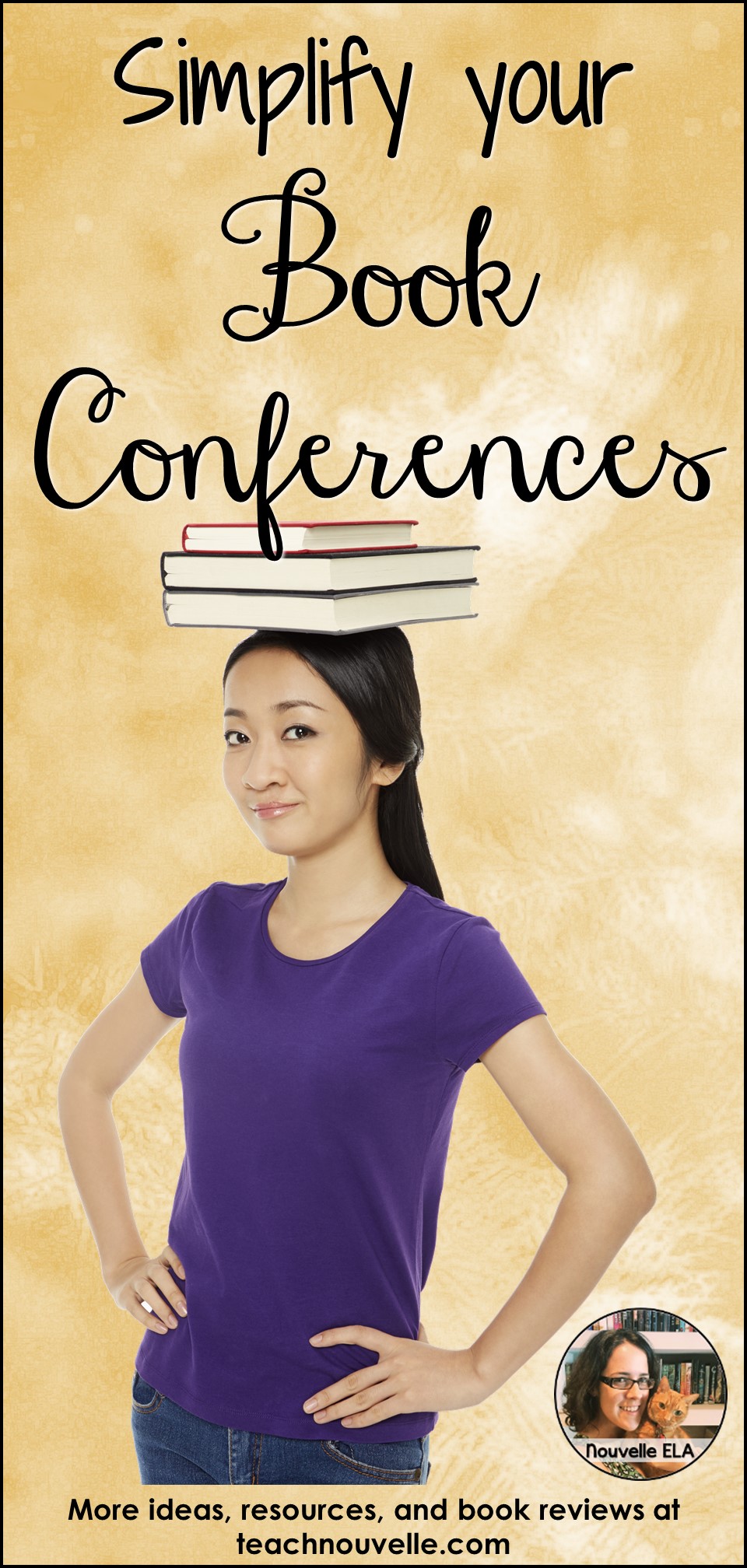
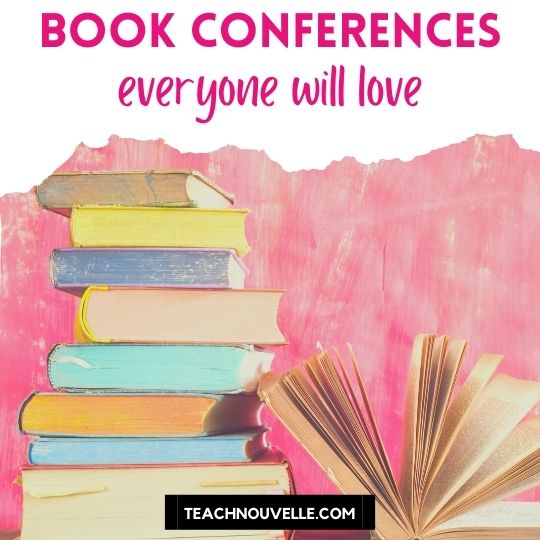
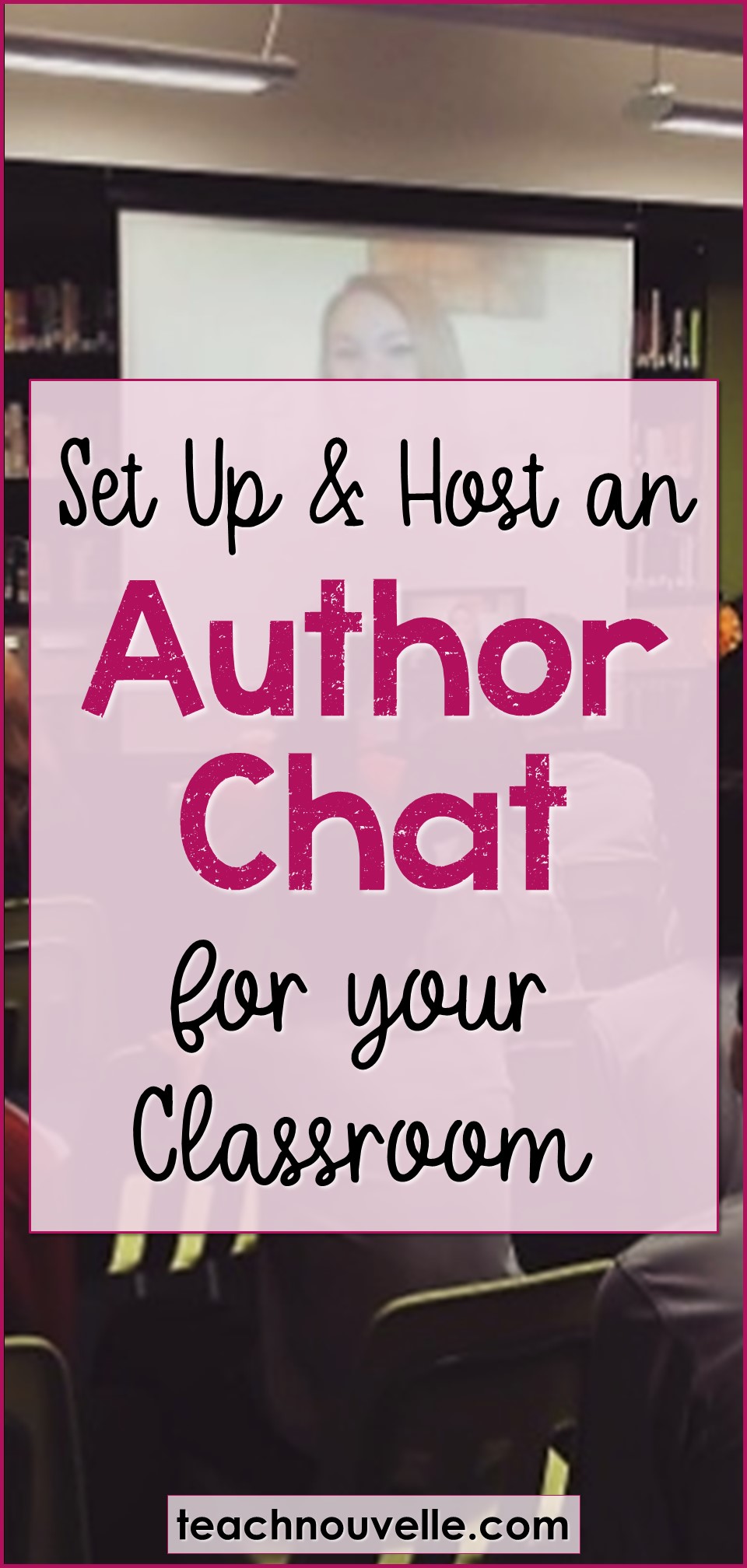
Final thoughts
What are your “hacks” for a sucessfull book conference? Comment below or reach out on IG @nouvelle_ela!

